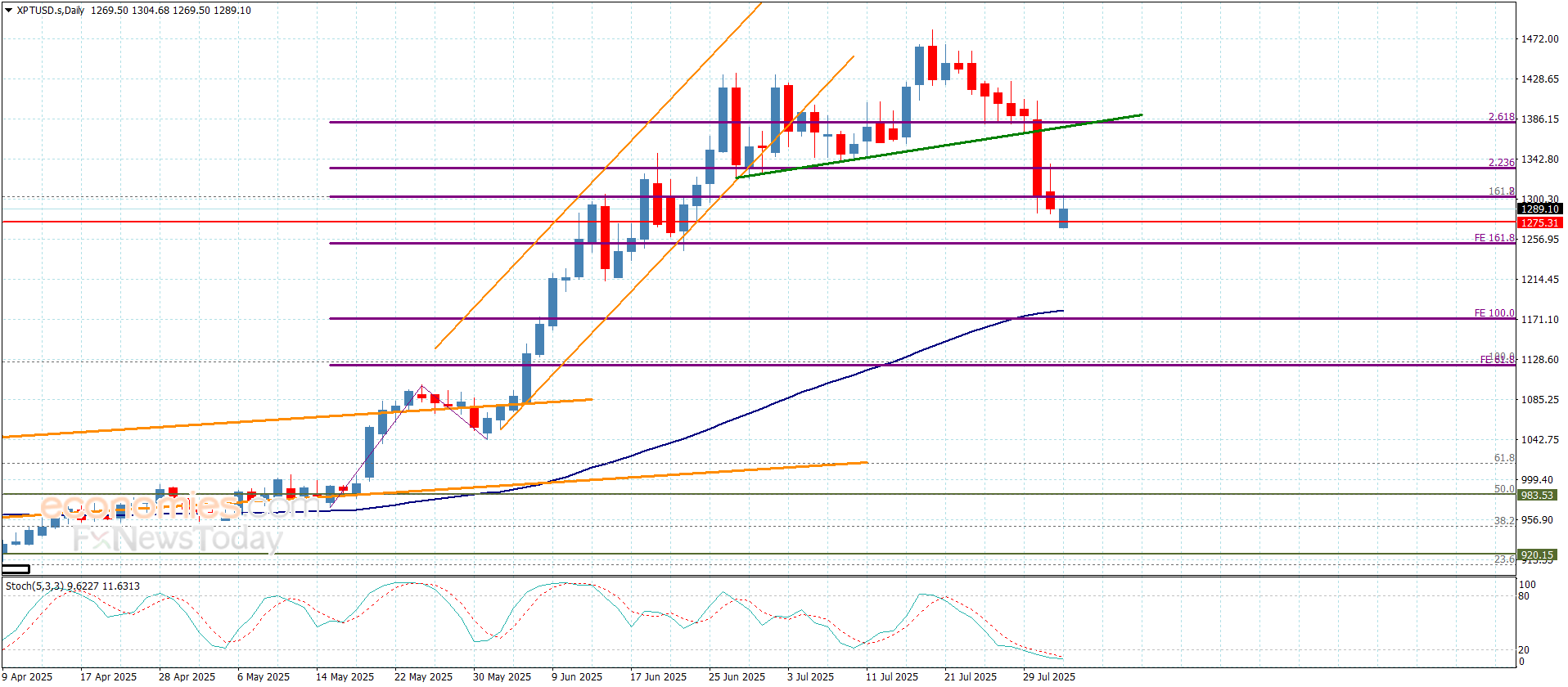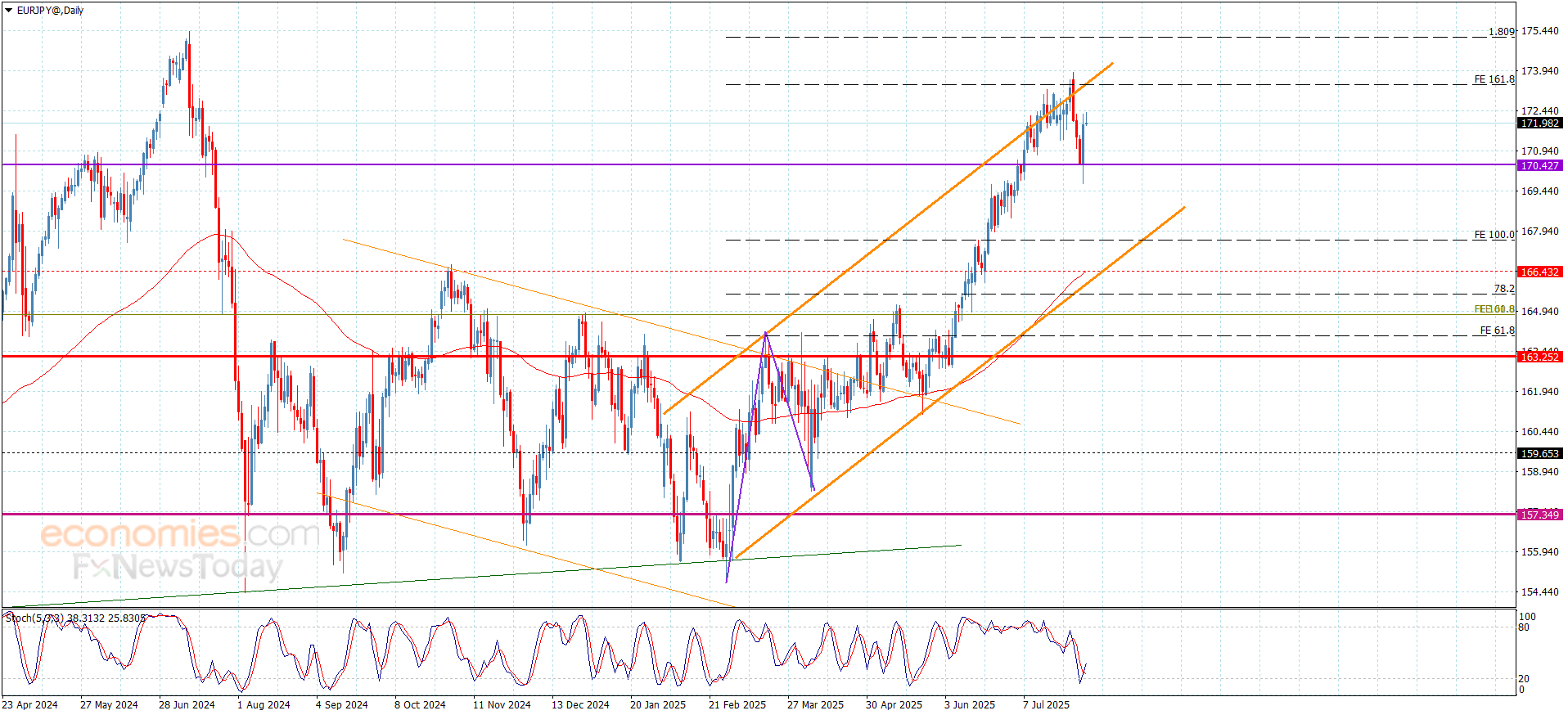Ethereum dApp Activity Set to Surpass 2024 Driven by L2 Growth and DeFi Momentum
Ethereum’s dApp ecosystem is on track for a significant expansion in 2025, with projections indicating that its decentralized application activity will not only match but likely surpass 2024 levels. The growth is underpinned by a combination of technological advancements, evolving use cases, and sustained developer interest. Analysts point to the continued adoption of Layer-2 (L2) solutions, the maturation of non-fungible tokens (NFTs), and the resilience of decentralized finance (DeFi) as the key drivers behind this momentum [1].
The surge in dApp activity reflects the broadening engagement with decentralized applications across multiple sectors, including DeFi, NFTs, and decentralized autonomous organizations (DAOs). Metrics such as daily active users, transaction volumes, and total value locked (TVL) show a consistent upward trend, reinforcing the platform’s robustness [1]. Ethereum’s enduring relevance stems from its foundational strengths: a battle-tested security model, a large and active developer community, and the deep liquidity it offers within the Web3 space.
According to DappRadar analyst Sara Gherghelas, the NFT market has evolved beyond digital art and collectibles to include utility in gaming, identity systems, and real-world asset tokenization. This diversification has expanded the appeal of NFTs, contributing to sustained user interaction and transaction volume [1]. Meanwhile, L2 solutions like Arbitrum, Optimism, and zkSync have made dApp usage more accessible by reducing costs and improving scalability. These networks allow for seamless and low-cost interactions while inheriting the security of the Ethereum mainnet, attracting both developers and users [1].
In DeFi, Ethereum remains the dominant network, hosting the majority of TVL and user activity. The sector has continued to evolve, introducing innovations such as yield farming, liquid staking derivatives, and real-world asset tokenization. These advancements keep DeFi competitive and relevant, reinforcing Ethereum’s central role in high-value Web3 applications [1].
Despite growing competition from chains like Solana and BNB Chain, Ethereum maintains its leadership due to its superior security, strong network effects, and extensive developer support. While rivals offer faster throughput and lower fees, Ethereum’s robust infrastructure and established ecosystem remain unmatched [1]. The ongoing development of L2s and potential future protocol upgrades are expected to further enhance scalability and user experience, making Ethereum even more attractive for dApp development.
Looking ahead, 2025 is projected to see increased dApp activity, driven by greater L2 adoption, institutional interest, and emerging use cases in areas such as decentralized social media and digital identity. However, challenges remain, including regulatory uncertainty and the need for improved user experience to facilitate mass adoption. Innovations like account abstraction and ZK rollups offer potential solutions, enhancing usability and scalability [1].
For users, the recommendation is to explore dApps on L2s for lower fees and faster transactions while using intuitive wallets that support multiple networks. For developers, focusing on L2 platforms and prioritizing user-friendly design is key to leveraging Ethereum’s growth potential.
Ethereum’s dApp ecosystem continues to evolve, demonstrating its adaptability and enduring influence in the Web3 landscape. As the platform moves forward, it not only sustains its leadership but also sets the stage for a broader, more inclusive decentralized future [1].
—
Source: [1] [Ethereum dApp Activity: Why It’s Thriving and Set to Surpass 2024 Levels](https://coinmarketcap.com/community/articles/688b17e90eb4160cb4e8d016/)
Source link
Written by : Editorial team of BIPNs
Main team of content of bipns.com. Any type of content should be approved by us.
Share this article:






